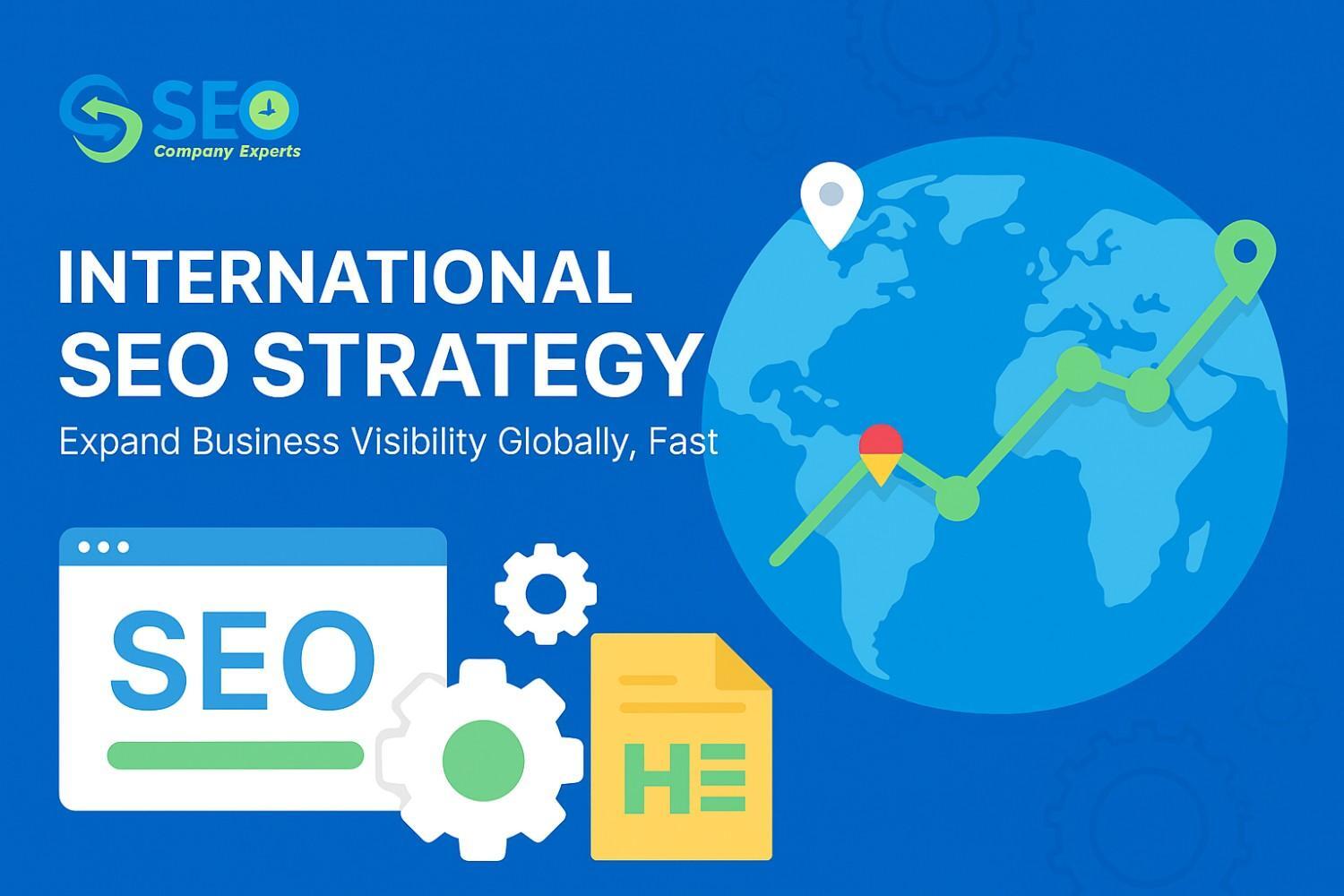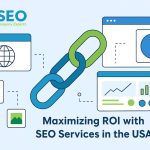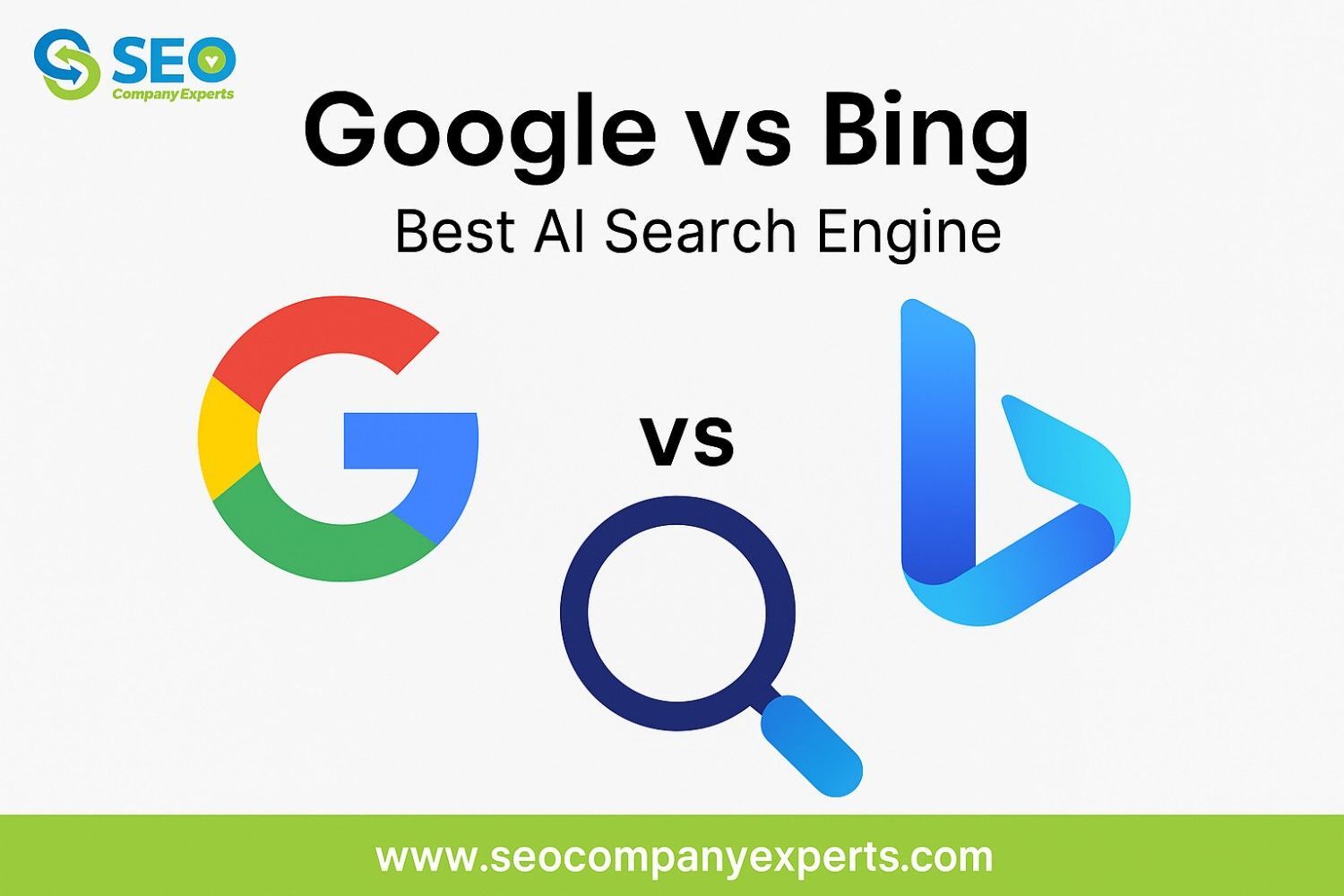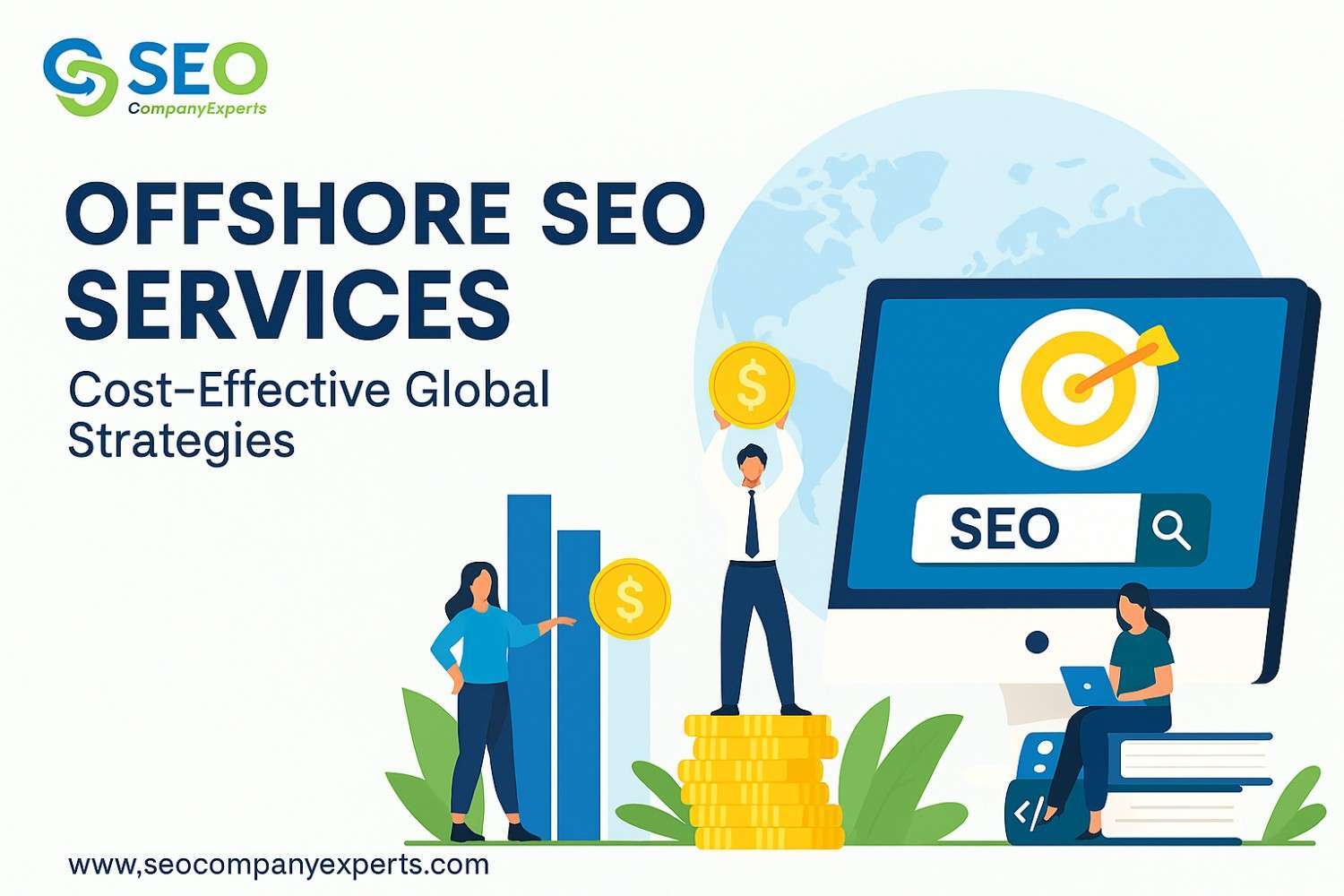

Expanding into international markets is a major step for any business. However, simply launching a website in multiple languages or countries isn’t enough to succeed globally. To truly capture global visibility and organic traffic, you need a strong international SEO strategy, a structured plan tailored to the complexities of different markets, languages, and search behaviors.
What Is International SEO and Why It Matter for Global Businesses
International SEO helps your website rank in multiple countries and languages by optimizing technical elements and localized content. It’s essential for businesses looking to grow global visibility, attract regional traffic, and boost conversions.
Defining International SEO and Global SEO Strategy
International SEO refers to the process of optimizing your website so that search engines can identify which countries or languages you are targeting. It involves both technical and content-related strategies to ensure your web pages rank well in different global search markets.
A International SEO strategy focuses on creating a unified approach to organic search visibility across multiple countries and regions. This involves addressing localization, translation, cultural relevance, technical configurations like hreflang implementation, and global keyword optimization.
Why International SEO Is Crucial for Global Expansion
Search engines like Google aim to serve the most relevant results to users—wherever they are. If your business operates in more than one country or serves customers in multiple languages, SEO services for international business are essential. Tailoring your SEO efforts accordingly will help you reach diverse audiences and avoid missing out on traffic, visibility, and conversions in global markets.
Benefits of International SEO for Growing Brands
- Increase organic traffic from global markets
- Improve user experience through localized content
- Enhance international brand visibility
- Stay competitive with global and regional players
- Generate higher ROI from SEO over paid ads in global campaigns
Key Differences: Local vs International SEO
Local SEO focuses on visibility in a specific area, ideal for nearby customers. International SEO targets multiple countries or languages, requiring broader optimization. Choose based on your audience and market goals.
Local SEO Explained
Local SEO targets a specific geographic location. It’s ideal for businesses with brick-and-mortar stores or services within a defined city, region, or country. It involves optimizing Google Business profiles, location-based keywords, and earning local backlinks.
International SEO Explained
International SEO is about adapting your website to serve different countries and/or languages. It requires a broader scope—optimizing for different search engines, user behavior, and languages globally.
Which One Does Your Business Need?
If you only serve one country, local SEO is enough. But if your goal is to reach customers in multiple countries or languages, you need SEO for international business that aligns with both user needs and technical search engine requirements.
Core Pillars of a Successful International SEO Strategy
Master international SEO with targeted keyword localization, strategic domain structures, accurate hreflang tags, and tailored multilingual or multiregional tactics to boost visibility and reach across global markets.
International Keyword Research and Localization
Simply translating keywords isn’t enough. You need to conduct international keyword research using tools like SEMrush or Ahrefs in the target country’s language and search engine. Localization ensures your keywords are contextually accurate and culturally appropriate.
Geo-targeting and Country-Specific Domain Structures
Geo-targeting with country-specific domain structures ensures your website ranks in the right regional search results. Using ccTLDs or subdirectories helps search engines understand location relevance, improving visibility, engagement, and conversions in your targeted international markets. Choose between:
- ccTLDs (e.g., example.fr) – strong geo-targeting, but harder to manage
- Subdirectories (e.g., example.com/fr/) – easier management, shared authority
- Subdomains (e.g., fr.example.com) – flexible but weaker SEO signals
Hreflang Implementation SEO
Hreflang tags tell search engines what language and region your content is intended for. This helps prevent duplicate content issues and ensures users are directed to the right version of your site.
Multilingual SEO vs Multiregional SEO Tactics
Multilingual SEO focuses on translating content for various languages, while multiregional SEO tailors content for specific countries. Combining both ensures your website ranks effectively across diverse global audiences, boosting visibility, relevance, and engagement in international search results.
Technical SEO for International Websites
Ensure your international site ranks globally by optimizing for region-specific search engines, structuring URLs smartly, using clear site architecture, and delivering fast, mobile-friendly performance tailored to users in each target country.
Optimizing for Global Search Engines
To succeed globally, websites must optimize for major search engines like Google and Bing. This includes adapting technical elements like hreflang tags, site structure, and crawlability to meet regional indexing requirements and user search behavior. Don’t assume Google dominates every market. For example:
- Yandex in Russia
- Baidu in China
- Naver in South Korea
Website Architecture for Global Reach
A well-structured website with organized URL hierarchy, localized subfolders, and intuitive internal linking improves crawlability. Consistent site architecture ensures search engines and users easily navigate your global content, enhancing international visibility, indexing accuracy, and user experience across multiple regions.
URL Structure: ccTLDs, Subdirectories, or Subdomains?
Each structure has pros and cons. Choose based on scalability, resource availability, and SEO goals. For most businesses, subdirectories offer the best balance between ease of management and SEO benefits.
Mobile Optimization and Page Speed for International Users
Ensuring fast-loading, mobile-friendly pages is crucial for international SEO success. Different regions have varied internet speeds and devices, so optimizing for performance across all markets improves user experience, lowers bounce rates, and enhances rankings in global search results, especially on mobile-first indexes. Ensure:
- Fast-loading pages (use CDNs)
- Mobile-first design
- Optimized media and caching strategies
Content Strategy for Multilingual and Multiregional SEO
Craft a winning content strategy by creating culturally relevant, region-specific messaging through transcreation, not just translation. Avoid duplicate content in multilingual SEO with proper hreflang tags and localized metadata for each market.
Creating Region-Specific and Culturally Relevant Content
Crafting content that reflects local language nuances, cultural references, currency, and regional preferences builds trust and relevance. Tailoring messaging to resonate with each target audience improves user engagement, drives conversions, and strengthens your brand’s connection across diverse international markets for long-term SEO success.
Translation vs Transcreation: What Works Best
While translation conveys content word-for-word, transcreation adapts tone, style, and cultural context for each market. For impactful marketing and brand messaging, transcreation delivers better results by resonating with local audiences, preserving intent, and enhancing engagement across multilingual and multiregional SEO campaigns.
Managing Duplicate Content in Multilingual SEO
To prevent duplicate content issues in multilingual SEO, implement hreflang and canonical tags correctly. These tags signal language and regional targeting to search engines. Pair them with localized URLs, meta tags, and unique content to ensure proper indexing and improve international search visibility.
Link Building and Authority Signals for Global SEO
Boost International SEO by earning backlinks from local publications, influencers, and regional directories. Focus on building authority through country-specific TLDs and PR efforts to strengthen domain trust and visibility in each international market.
International Backlink Outreach Strategies
Reach out to authoritative websites in your target countries. Examples include:
- Guest blogging in local publications
- Partnering with local influencers or businesses
- Participating in regional directories
Leveraging Regional Directories and Local PR
Submitting your website to regional directories and engaging in local PR campaigns boosts credibility and trust in target markets. These localized backlinks act as strong authority signals, enhancing your site’s relevance and visibility in country-specific search results for stronger offshore SEO performance.
Building Domain Authority in Foreign Markets
SEO for international markets demands more than content translation it requires localized authority. Building domain trust involves acquiring backlinks from country-specific domains, local directories, and regional publications. These geo-relevant signals strengthen SEO performance and visibility across diverse foreign markets and search engines.
Common International SEO Mistakes to Avoid
Avoiding key international SEO mistakes is crucial for global success. Missteps like skipping hreflang tags, using automated translations, or ignoring local user intent can harm rankings. A strategic international SEO approach must consider localization, technical accuracy, and regional search engine preferences to thrive.
Skipping Hreflang Tags
Skipping hreflang tags is a critical international SEO mistake. Without them, search engines may serve the wrong language or regional version to users, damaging UX and reducing your international SEO performance. Proper hreflang implementation ensures accurate content targeting across global audiences.
Ignoring Local User Intent
Ignoring local user intent can result in irrelevant content targeting. Keyword intent differs across cultures, so conducting thorough research on local preferences is essential for effective optimization and better engagement.
Using Automated Translations Only
Depending only on automated translations weakens your international SEO strategy and damages user trust. Machine-translated content often lacks cultural context and accuracy. Invest in professional or hybrid translation services to maintain brand integrity, improve user experience, and support better rankings in global search markets.
Overlooking Regional Search Engine Preferences
Overlooking regional search engine preferences can limit your visibility. Different regions favor different search engines, each with unique algorithms. Tailor your strategy to the dominant engine for optimal performance and reach.
Tools and Platforms to Manage Global SEO Efficiently
SEO Tools for International Keyword Research
- SEMrush Global Database
- Ahrefs (region filters)
- Google Keyword Planner (by country/language)
Platforms for Website Localization and Performance Tracking
- Weglot, WPML for translation
- Screaming Frog for technical audits
- Google Search Console (International Targeting)
Measuring Success: KPIs and Metrics for International SEO
Tracking the right KPIs is crucial for an effective international SEO strategy. Monitor country-wise traffic, regional keyword rankings, bounce rates, and conversions to evaluate global performance, refine targeting, and enhance visibility across multilingual and multiregional markets.
Organic Traffic by Country
Monitor organic traffic by country using tools like Google Analytics and Google Search Console (GSC). These insights help you understand regional performance, allowing you to refine your strategy for better targeting.
Keyword Rankings per Region
Track keyword rankings per region by setting up country-specific tracking in tools like SEMrush or Rank Tracker. This allows you to measure performance across different markets and optimize your regional SEO strategy effectively.
Bounce Rate and Conversion Metrics for Global Visitors
Monitor bounce rate, time on site, and conversion metrics for global visitors to assess user experience (UX) across regions. Analyzing these signals helps identify areas for optimization and boosts regional performance.
Final Thoughts: Building a Scalable International SEO Strategy
Expanding your digital footprint globally requires more than simple translation—it demands a strategic, localized approach. An effective international SEO strategy accounts for cultural nuances, regional search behavior, and technical elements like hreflang implementation, mobile optimization, and local backlinks. Tailoring your content and SEO efforts to each target market significantly boosts visibility and engagement.
Whether you’re entering a single new region or launching in multiple global markets, investing in international SEO is essential for long-term success. By aligning your strategy with regional expectations and continuously tracking performance metrics, you can build brand trust, increase conversions, and drive sustainable global growth.
When to Hire an International SEO Agency
If you lack the resources, knowledge, or time to manage international SEO in-house, partnering with an agency like SEO Company Experts ensures expert implementation and strategy at scale.
Staying Ahead of Global SEO Trends
The international SEO landscape changes rapidly. Stay updated with:
- Algorithm changes by region
- Mobile-first indexing updates
- AI-generated content best practices across different markets





